Home Assistant Amber: Let's talk about it!
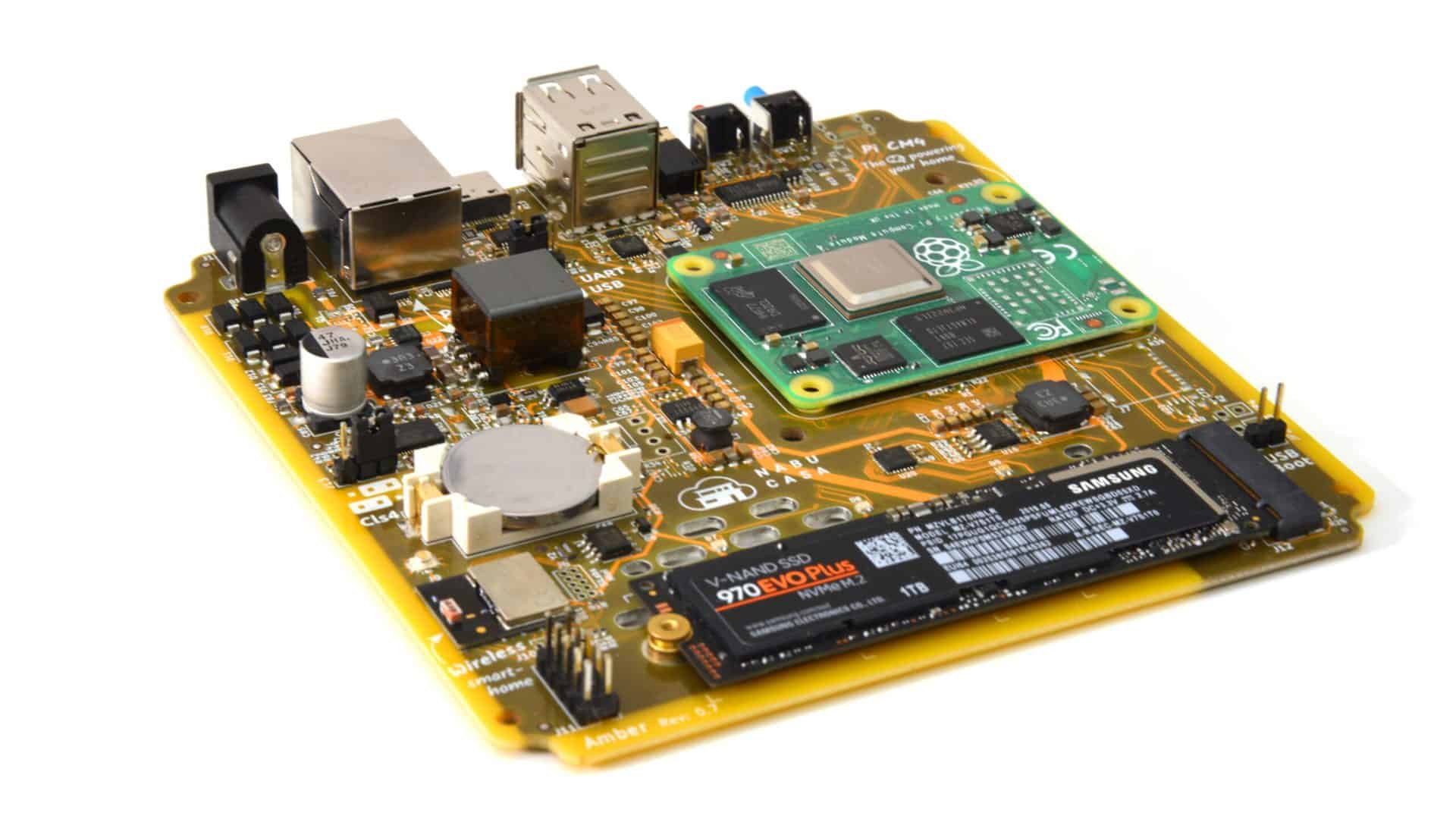
Home Assistant Yellow has just been announced as an all-in-one hub that has all you need to get started with a smart home, but also offers flexibility for future upgrades as your smart home grows. Let’s discuss the hardware, specs and features, as well as what this means for the Home Assistant project!
Video
Home Assistant Yellow – What is it?

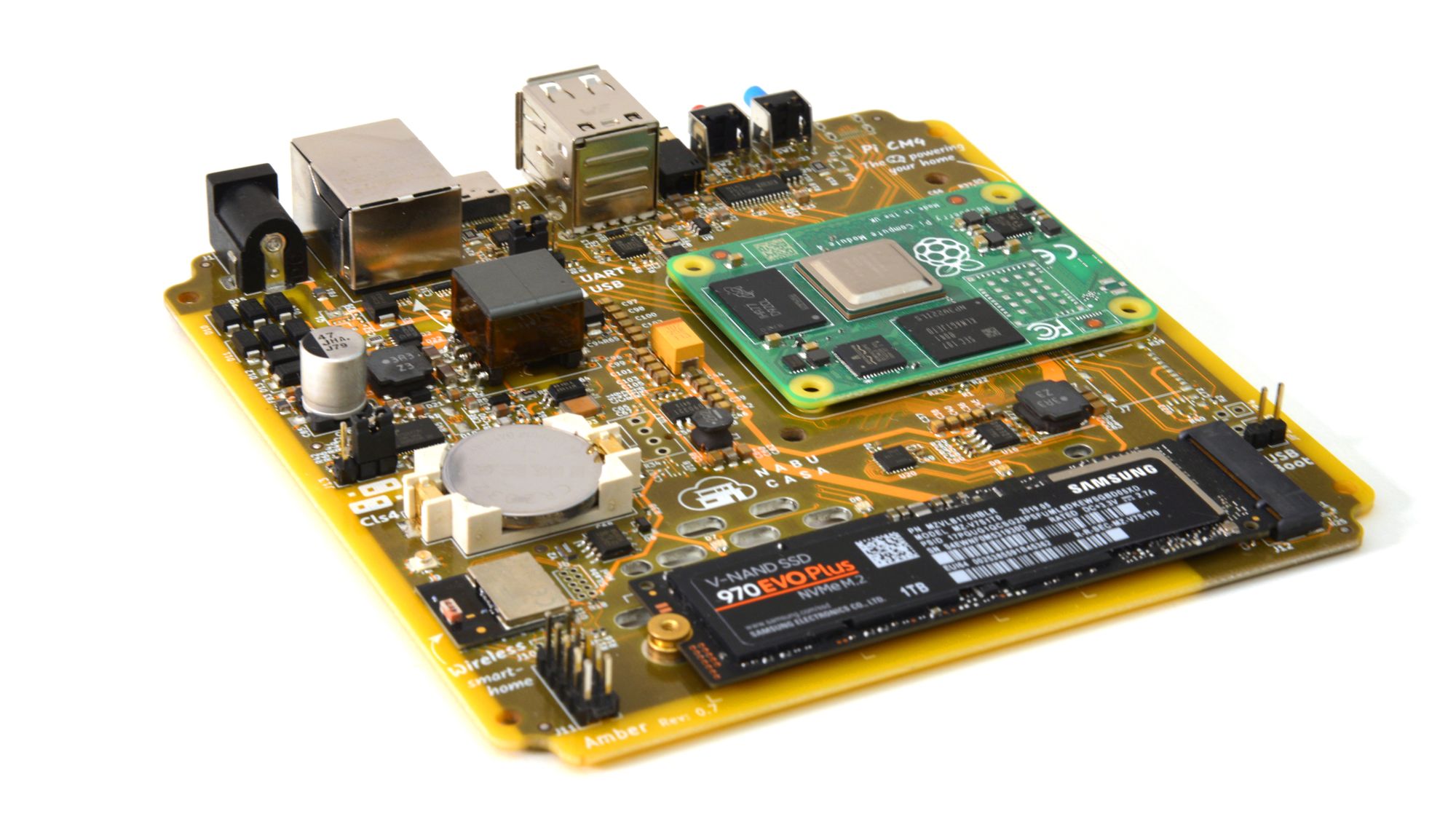
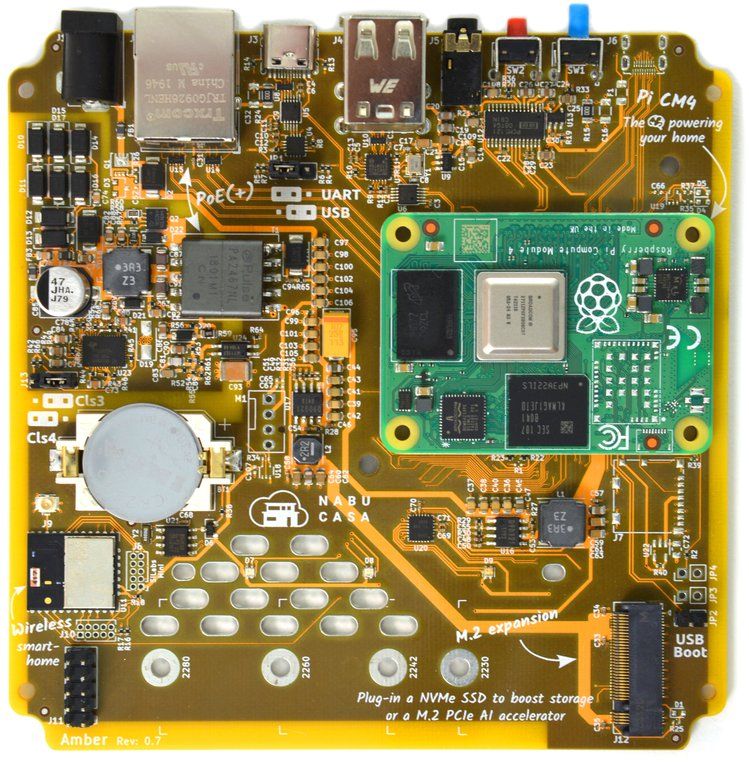
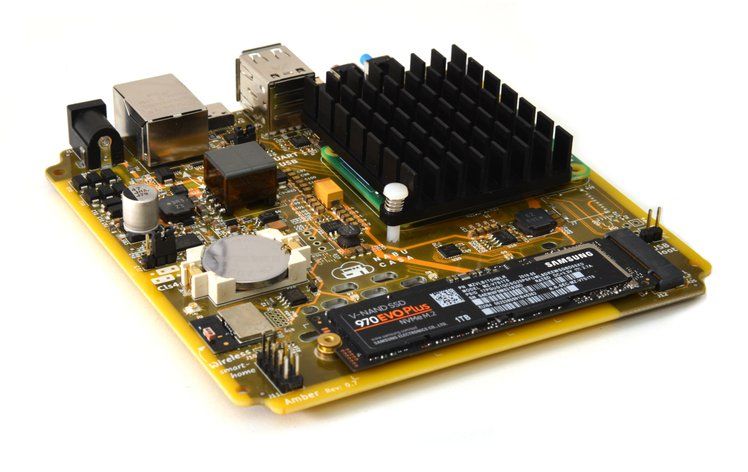

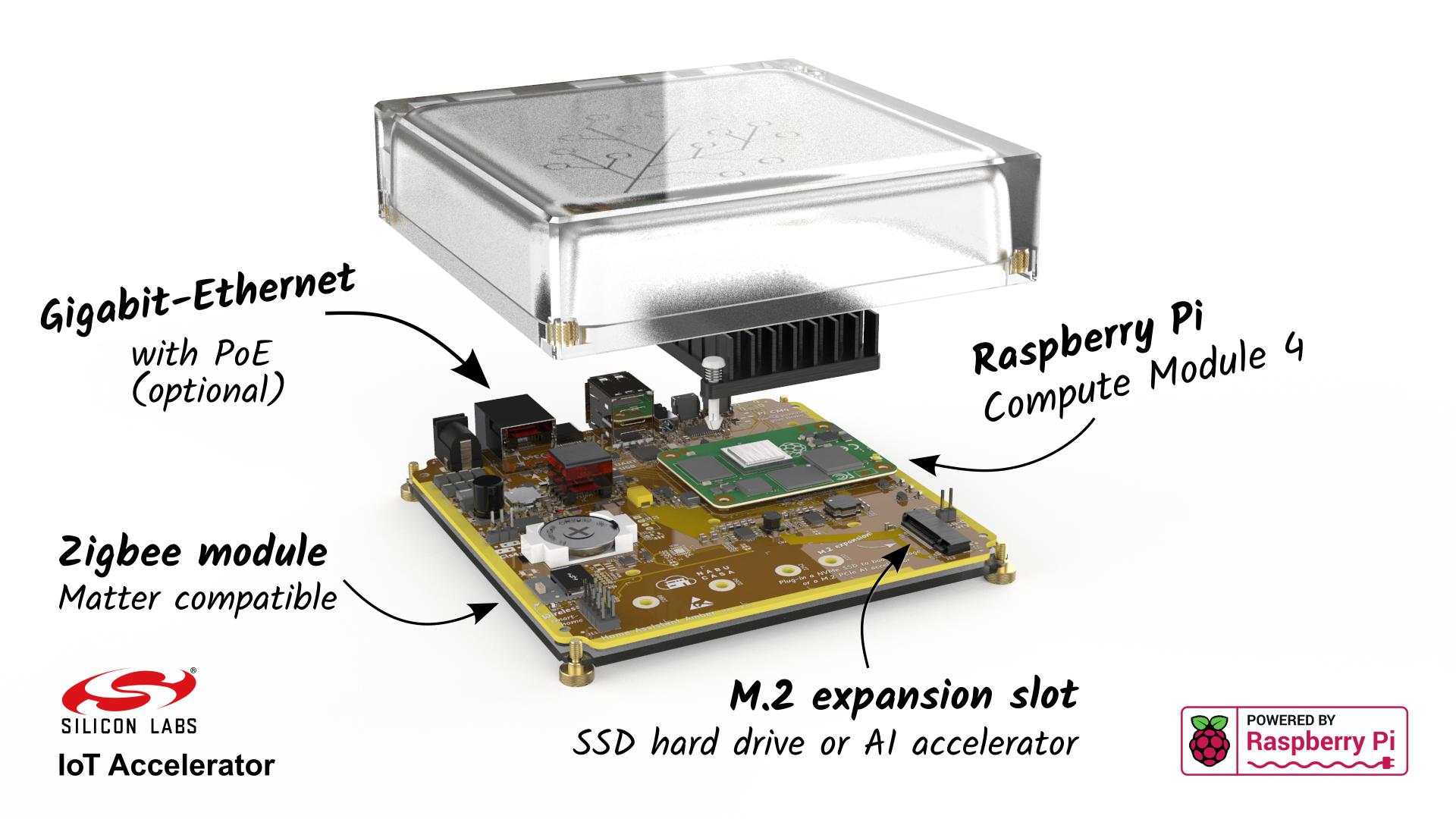
If you haven’t seen this already or are unaware of what this announcement was, to celebrate the 8th birthday of the Home Assistant project, they announced some official hardware called “Home Assistant Yellow”, which is their first attempt at some custom hardware.
Now many of you will be familiar with Home Assistant Blue which came out late last year and your probably thinking, isn’t that their first attempt at hardware? Not really, see Home Assistant Blue was essentially a standard Odroid n2+, other than the really nice case, there wasn’t anything different about Blue to a standard Odroid, but with Yellow, things are a little bit different.
So what IS Home Assistant Yellow? Yellow is an all-in-one hub that has all you need to get started with a smart home, but also offers flexibility for future upgrades as your smart home grows.
At the heart is a Raspberry Pi Compute Module 4, which can be removed, swapped and upgraded at anytime with one that has more RAM, storage and connectivity, or even potentially upgrade to a new board when those come out, more on that later.
Yellow also has a built in Zigbee 3.0 module – no more having to plug in dongles – as well as an m.2 slot for easily installing high speed storage or even AI accelerator cards like a Google Coral. In terms of IO, it has gigabit Ethernet port, 2 x USB 2.0 ports, a USB-C port for debugging, a 3.5mm audio jack and 2 push buttons, one of which is for factory reset.
Crowdfunding and Kits
Home Assistant Yellow is actually being crowd funded as we speak on crowd supply, and at the time of writing is currently more than 60% towards its 140 thousand dollar goal in under 48 hours.
So why are they crowdfunding it rather than just releasing it? Now I’m certainly no expert here and I don’t have any inside information at all so I am just purely guessing, but there is probably a few reasons for that, the main one that comes to mind is that the PCB that the Raspberry Pi Compute Module 4 connects onto, is a custom PCB designed by the guys at Nabu Casa, and there is probably a minimum quantity that they need to have so that they can actually place an order and offer it at the price its being offered at, and its probably a similar story for some of the other components like the Zigbee module and the Compute Module that is being offered with some of the kits.
Yellow is being offered in a few different kits, from a complete package with everything in it, to everything without the Compute Module, to just the Compute Module itself.
This is great because there are currently 32 different variants of the Compute Module 4 that you can buy, with different storage, different RAM, WiFi or no WiFi, so this means you are free to pick out the Compute Module 4 that fits your needs best.
There are also some kits that support power over ethernet which is always a welcome addition.
Now normally I stay clear of Kickstarter and Indigogo campaigns, because they are typically run by companies that have just started up and there is always a bit of risk in that. However, in this case, Nabu Casa has been around for a number of years, and I think we are all familiar with the what the team at Nabu Casa are all about, what their ethos is, what their mission is and I am very confident that no matter what happens, they will always do the right thing by their users, I think they have more than proved that now.
Zigbee, Matter and Thread
I also wanted to talk about the built in Zigbee module, so Nabu Casa has partnered with Silicon Labs to provide the Zigbee module for Yellow. It is a Zigbee 3.0 chip, built right onto the board, so no need for attaching dongles or WiFi bridges or searching for compatible chipsets and dongle. It’s always great when something is built in, and this should offer much better native integration with Home Assistant, everything should be really tightly linked and work perfectly.
The other cool thing about this partnership with Silicon Labs is that they’ve also committed to offering a firmware upgrade for this module for the upcoming connectivity standard Matter when that is finalised. Now opinions on Matter aside that is a whole other conversation, it makes complete sense for Home Assistant to be ready when the time comes so that they can take advantage of it from the get go. This should also be compatible with Thread too.
Why Zigbee and no Z-Wave?
So that is Home Assistant Yellow in a nutshell, but lets address a lot of common queries or questions I have been seeing a lot over the last few days, and let’s start with why is there Zigbee but no Z-Wave or WiFi?
Paulus mentioned during the announcement that they wanted to include Z-Wave and WiFi but there were some technical challenges there.
The first one is that the FCC rules and regulations for getting a device like this approved becomes much more difficult when there is more than one radio on a device, so that’s why they aren’t offering any kits that include WiFi (as standard), but that is an easy workaround since you can easily add your own Compute Module 4 that does have WiFi.
In the case of Z-Wave there is also an additional challenge to overcome – the Z-Wave Alliance has to approve all devices before they can go on sale, as well as approve the Z-Wave integration (which is coming!) in Home Assistant, so that combined with the multiple radio thing is the reason there is no Z-Wave and no WiFi at the moment.
What about Home Assistant Blue?
The other issue I saw was from people who had bought Home Assistant Blue, feeling like their device had just been made obsolete, which I do understand especially those who had just picked up a Blue. But no matter when they made this announcement, people would have been upset about it, and its no different for example to a new iPhone being released every year.
Could they have waited a bit longer maybe even a year before replacing the Blue? Sure, but the shipping times for Yellow won’t be till mid 2022 anyways in which case the Blue will have been out for a year and a half at that point.
Its also not like your Blue has suddenly stopped working because Yellow was announced, it is still a perfectly good device and actually the CPU is a little stronger than the one on Yellow, so it is far from obsolete, and the guys are committed to supporting the Blue for a long time to come, so no need to worry about that.
Will it be compatible with the next Compute Module?
Finally, how do we know that Yellow will be compatible with the next Compute Module that comes out, the Compute Module 5? In truth, we don’t.
However the Raspberry Pi Foundation does have a good track record of maintaining backwards and forwards compatibility with regards to form factor and GPIO pins. For example the GPIO pinout on the Raspberry Pi hasn’t changed for a long time, since the very first revision actually.
They did unfortunately break backwards compatibility from the Compute Module 3 to 4 however, but that wasn’t for no reason, that was to change to a higher speed connector for PCIe connectivity.
So we can’t say for certain, but I would like to think that the next Compute Module will be compatible, only time will tell there.
What do I think about Yellow?
In terms of my thoughts on Home Assistant Yellow, I think it is a fantastic little device and I for one am really happy to see Home Assistant start to get into some hardware here, it’s something I’ve been wanting for a long time!
First they had Home Assistant Blue, which was designed and manufactured by ODroid, and now they’ve announced Yellow which feels like the next sort of evolution featuring some of their own custom designed hardware. The advantage of having their own hardware is that it allows them to more tightly integrate the hardware and software so that things work more seamlessly together which I am in favour for, so long as it doesn’t impact or lock out features from people who want to run their own hardware like they do now. But again coming back to Home Assistant’s ethos and track record, I am very confident they will always do right by their users no matter what.
One thing I would like to see from Yellow is an improved install process for beginners which I feel is the sticking point for some people, what would actually really be cool to see is if the Yellow had some sort of “backup flash” that contained a base version of Home Assistant on it that couldn’t be modified by the user. Then whenever you pressed the factory reset button it would automatically copy that backup flash over to the primary storage, and you instantly have a fresh copy of Home Assistant again. No messing with USB sticks or SD cards or anything like that, just instantly backup and running, that would be really slick.
Not sure if that is possible or planned with Yellow, but just something I thought of!
Final words
So there we go that is my thoughts on the new Home Assistant Yellow, obviously I don’t have my hands on one yet and so we haven’t been able to test it yet, and they won’t be shipping for a while to come yet but as soon as I do have one you know I will be keen to show you guys how it works.
But if you do want to back this project and pick up and Yellow for yourself and you want to actually see Yellow become a reality, please consider backing the project if you can. It’s already more than 60% backed at the time of filming, so if you do want to get your hands on the first batch then you’ll want to probably get in soon.
Other than that, please do let me know your thoughts down in the comments box down below, really interested to hear what you guys think about it, lets have a friendly discussion down there. Really looking forward to getting my hands on Home Assistant Yellow!
If you are looking for something else to read, check out how to use Home Assistant Energy, a whole house energy monitoring solution for your smart home!
